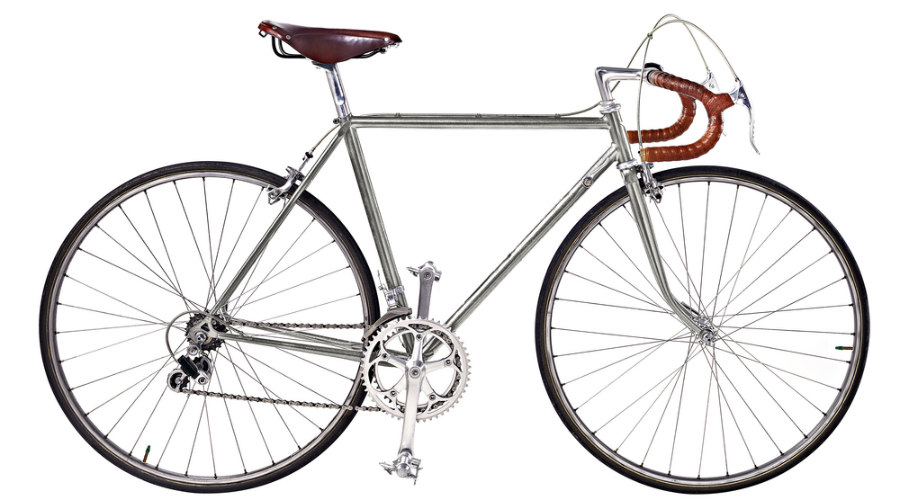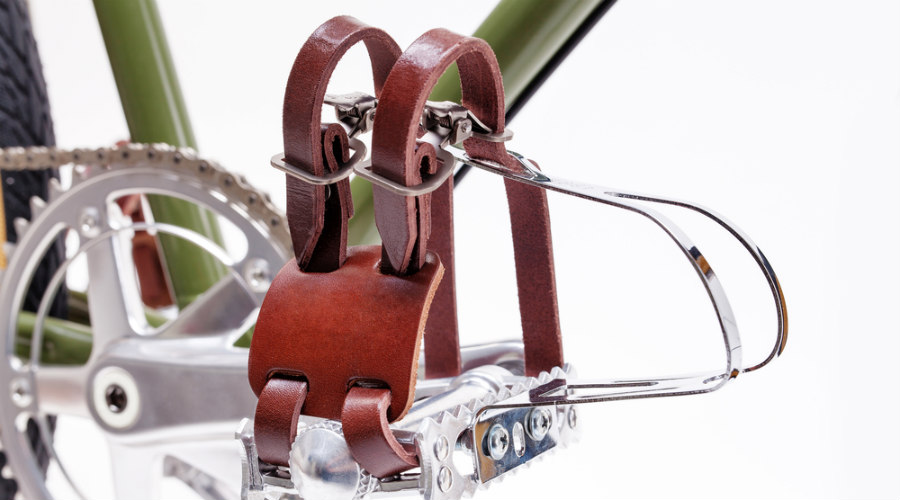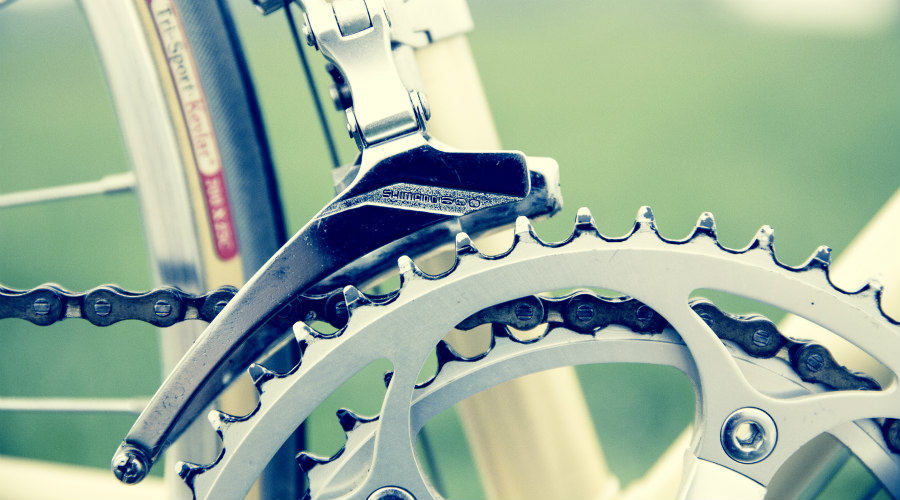
Power meters, electronic change groups, carbon paintings ... We are so accustomed to the constant irruption of technological innovations in the world of bicycle, that we have forgotten how, until recently, use this means of transport.
Because it was precisely so, as a way to move from one point to another, as this two -wheeled device was understood when invented, at the beginning of the 19th century.
The world of competition is the one that has encouraged manufacturers to overcome day after day in the search for bicycles with more performance. However, until a few years ago our beloved bicycles were very different from those we can see rolling on our roads or raffling potholes in the mountain.
>>> The 10 innovations that have changed road cycling
In this article we will review 5 characteristics of the bicycles of the last century that will cost you to believe that they are true.
1. His paintings were made of steel
The first competition bicycles of the twentieth century took advantage of the one that was then the most precious component for vehicles, railways and ships: steel. With it the painting, the fork and the handlebar were elaborated.
One of the main virtues, its resistance to the blows, seemed a sufficient argument to use it, despite the considerable weight that this entailed. Aluminum, carbon or titanium frames were very far away.
As expected, maneuverability was not the strong point of these bicycles, which almost never got off the 18 kilograms.

2. The tires could ... because they were made of wood
If you have ever complained for some reason about this part of your bicycle, keep in mind that for a long time the material with which the wheels were manufactured was wood.
Until the arrival of the 1930s, when they broke the aluminum tires at professional levels, the wheels were deformed with moisture, they could with the water and broke relatively frequently.
Their high weight did not help, not to mention the environmental impact that it meant to manufacture them at the expense of tree felling, although for the ecological awareness to reach a few more years.
3. The only way to hold the feet to the pedals was with straps
Before the arrival of the automatic pedals, even before the rakes, bicycle lovers tried to take advantage of each pedal in the best way they could, which in many cases was none other than to tie the feet to the pedal with straps.
The result was that, in addition to how uncomfortable it could result, the cyclist should be constantly aware that mooring did not let go, and with him the foot. This generated a high risk of very dangerous falls, since the foot used to be released, precisely, when more intensity was being applied to the pedaling, both in ups and downs.

On the other hand, in case of a loss of balance, the maneuver of putting the foot to the ground was not easy or quick to carry out, which was an additional danger.
4. They had two pine nuts, one on each side of the axis
Today it may seem extravagance, even that the fans for the retro can recover it one day from the past. The truth is that, also until the innovative decade of the 1930s, the bicycles that incorporated several marches used to wear two pine nuts, and one on each side of the rear axle.
Without deviators, much less synchronized change, the cyclist had no other alternative than getting out of the bicycle, disassembling the wheel, turning it and placing it again before embarking on the march.
>>> 7 essential innovations that have changed mountain cycling
5. If you wanted to change your march you should play the picture
Until the last decade of the last century the bicycles equipped some levers in the box with which it changed marching. They were cable drive divers, which were evolving from the former, with those cables in view, to the most developed, which hid them inside the picture.

When the changes began to be imposed through cams, the leap forward was evident, since less time was lost in the change itself, they kept their hands resting on the handlebar and you should not stop pedaling at any time to choose a dish or pinion.
 Power meters, electronic change groups, carbon paintings ... We are so accustomed to the constant irruption of technological innovations in the world of bicycle, that we have forgotten how, until recently, use this means of transport.
Because it was precisely so, as a way to move from one point to another, as this two -wheeled device was understood when invented, at the beginning of the 19th century.
The world of competition is the one that has encouraged manufacturers to overcome day after day in the search for bicycles with more performance. However, until a few years ago our beloved bicycles were very different from those we can see rolling on our roads or raffling potholes in the mountain.
>>> The 10 innovations that have changed road cycling
In this article we will review 5 characteristics of the bicycles of the last century that will cost you to believe that they are true.
Power meters, electronic change groups, carbon paintings ... We are so accustomed to the constant irruption of technological innovations in the world of bicycle, that we have forgotten how, until recently, use this means of transport.
Because it was precisely so, as a way to move from one point to another, as this two -wheeled device was understood when invented, at the beginning of the 19th century.
The world of competition is the one that has encouraged manufacturers to overcome day after day in the search for bicycles with more performance. However, until a few years ago our beloved bicycles were very different from those we can see rolling on our roads or raffling potholes in the mountain.
>>> The 10 innovations that have changed road cycling
In this article we will review 5 characteristics of the bicycles of the last century that will cost you to believe that they are true.

 On the other hand, in case of a loss of balance, the maneuver of putting the foot to the ground was not easy or quick to carry out, which was an additional danger.
On the other hand, in case of a loss of balance, the maneuver of putting the foot to the ground was not easy or quick to carry out, which was an additional danger.
 When the changes began to be imposed through cams, the leap forward was evident, since less time was lost in the change itself, they kept their hands resting on the handlebar and you should not stop pedaling at any time to choose a dish or pinion.
When the changes began to be imposed through cams, the leap forward was evident, since less time was lost in the change itself, they kept their hands resting on the handlebar and you should not stop pedaling at any time to choose a dish or pinion.












